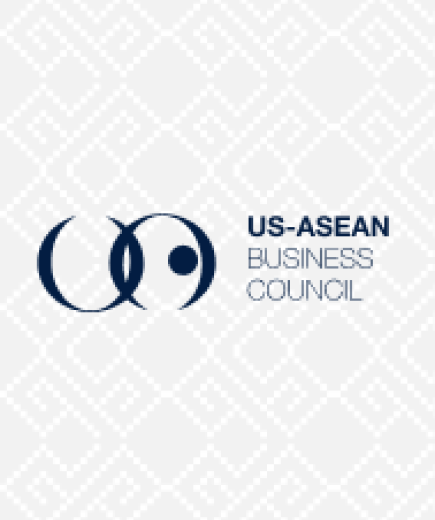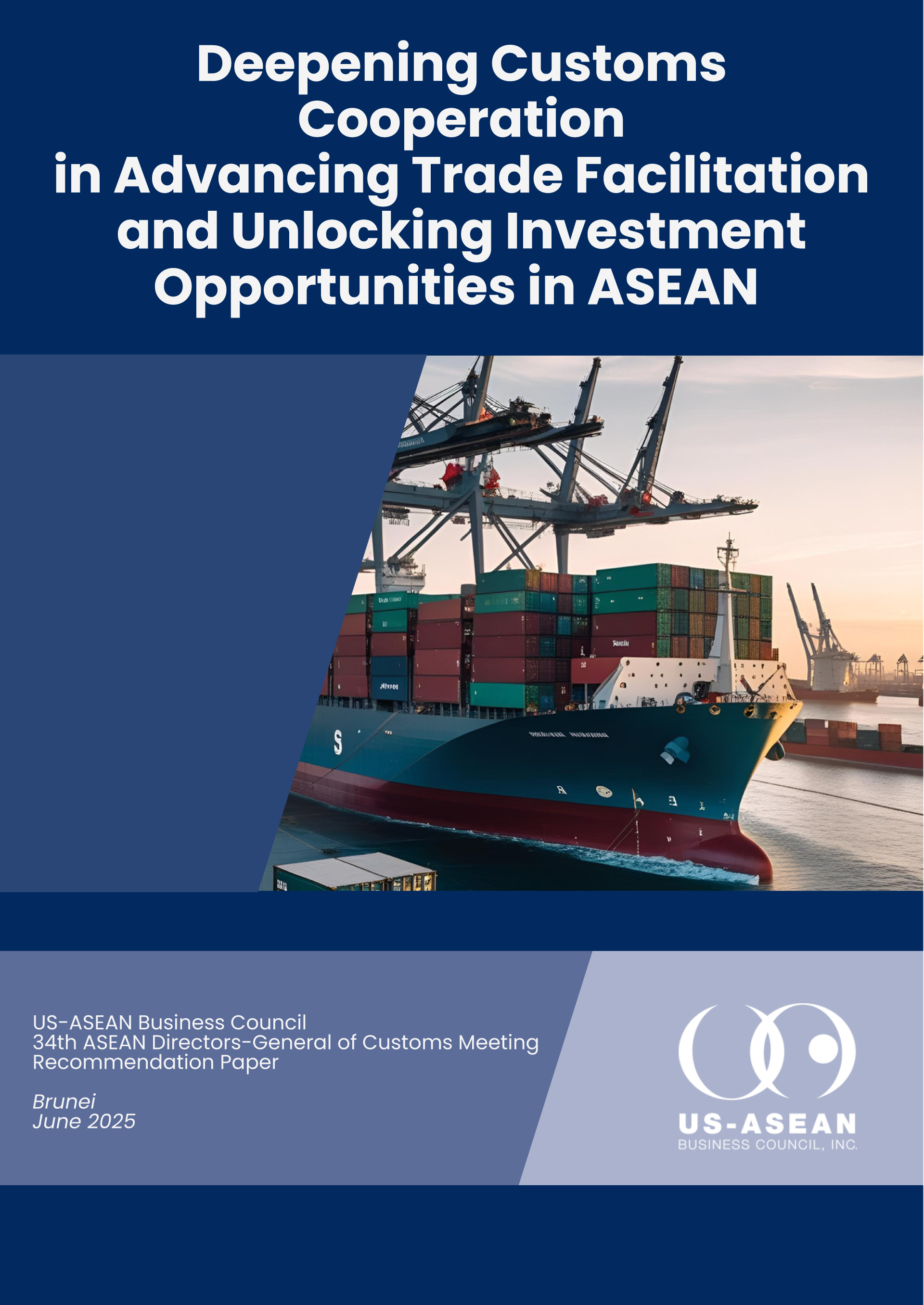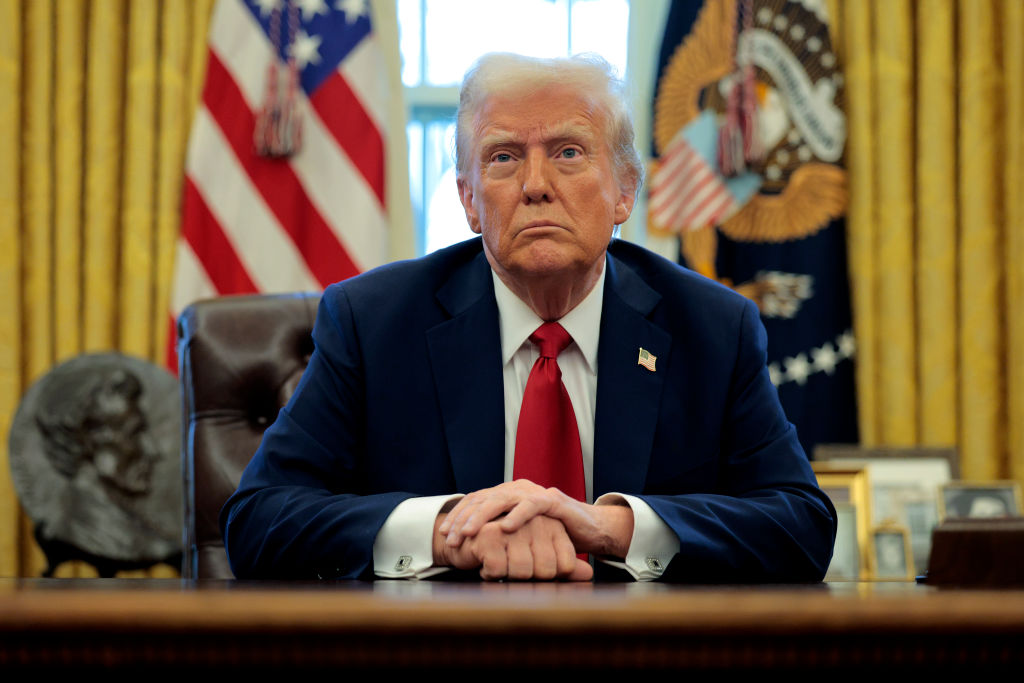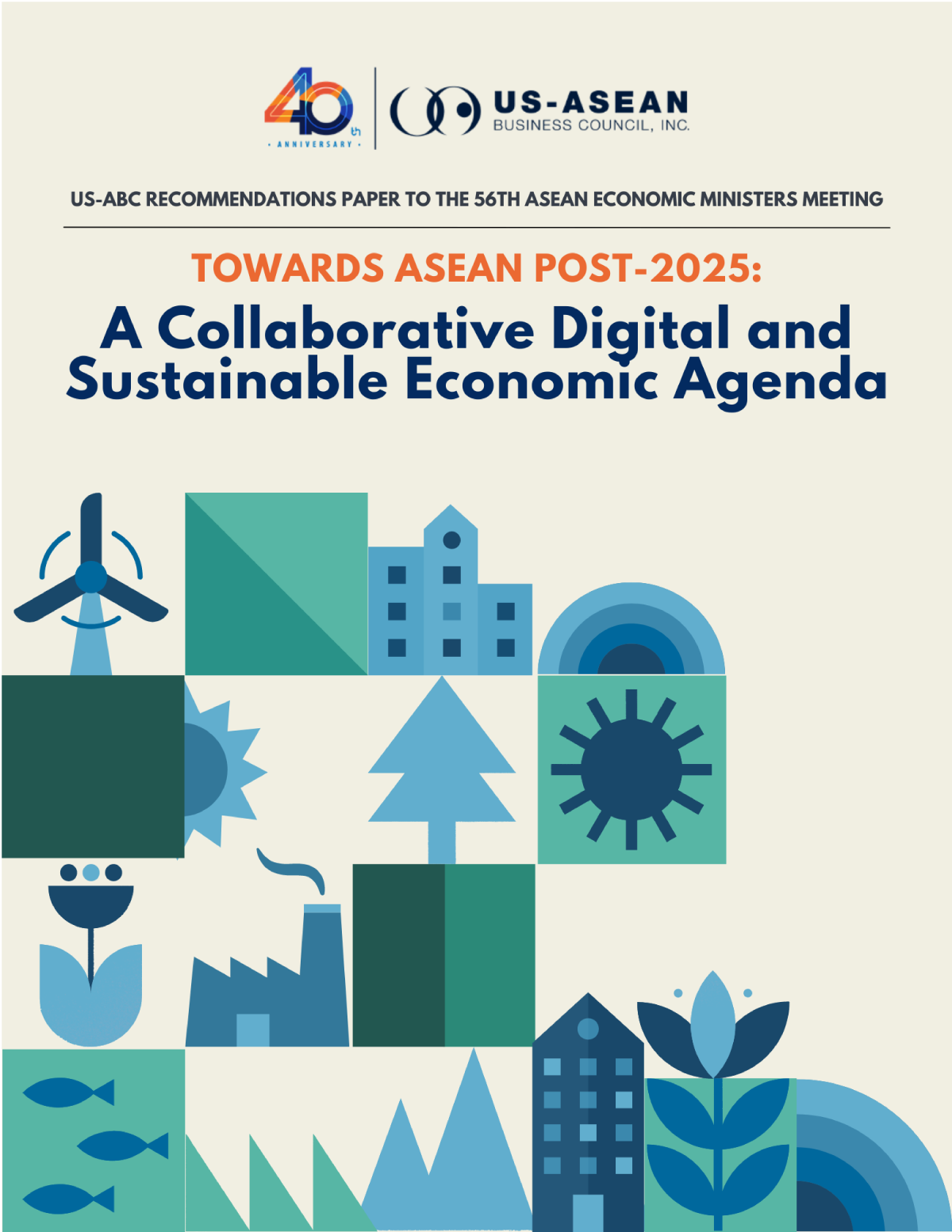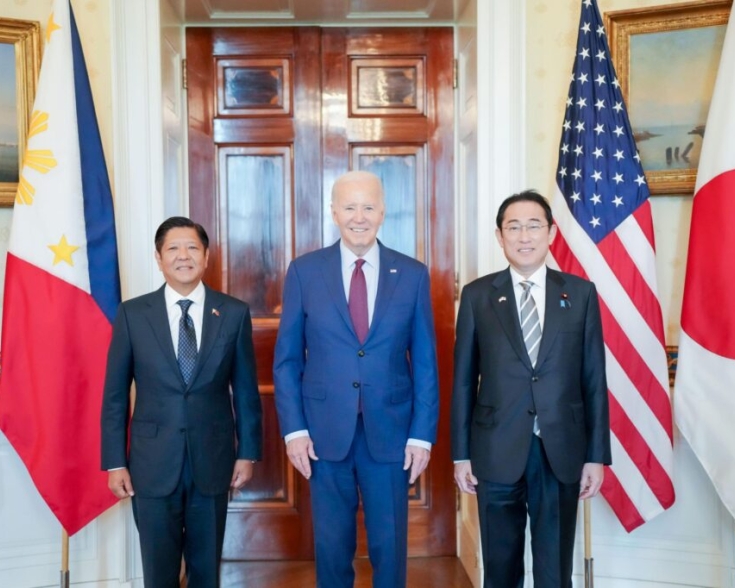Government Pushes for Semiconductor Industry Growth with US Public and Private Sector Aid
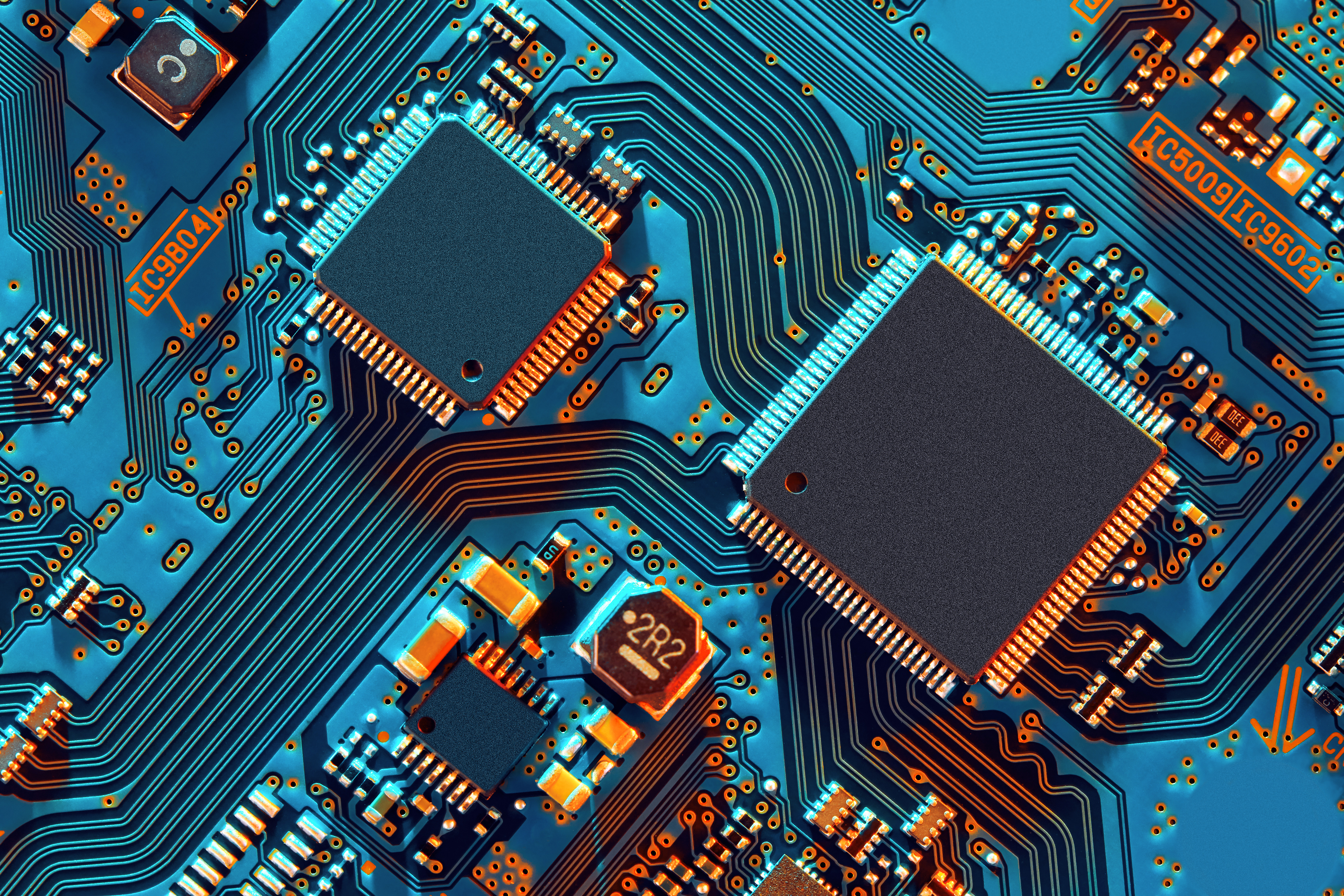
On January 21, during a meeting with the Private Sector Advisory Council (PSAC), President Marcos emphasized his directive to focus on developing the local semiconductor and electronics industry, recognizing its substantial economic advantages. This comes after the PSAC’s Education and Jobs Sector Group presented the country’s semiconductor and electronics roadmap and recommended a review of the interim implementing rules and regulations (IRR) of the CREATE More law to cover incentives for the semiconductor industry. In a separate statement issued by the Philippine Economic Zone Authority (PEZA), the agency cited that semiconductor industry investors are considered strong candidates for being classified into top tier recipients of fiscal incentives.
Currently valued at USD 45 billion, the electronics industry is the single-biggest export industry in the Philippines. Furthermore, in 2024, the country’s biggest exports to the US were semiconductors and integrated circuits, accounting for 23.3% of its total exports to the country. With the Philippines as one of the six nations receiving financial support from the U.S. State Department’s ITSI fund, the government’s push for the semiconductor industry aligns with its on-going collaborations with the United States. A month before this pronouncement, American semiconductor companies expressed interest to further develop the local industry. In a meeting between President Marcos and US semiconductor key stakeholders, both parties underscored the importance of continued collaboration, particularly in the areas of workforce training and technology transfer, to ensure the Philippines’ role in the future of global technology. For example, initiatives are underway with current partnerships between the Philippines’ Board of Investments (BOI) and Arizona State University to conduct semiconductor workforce development workshops.
The Philippines continues to offer numerous investment opportunities as it works towards (i) expanding current semiconductor operations, ii) building capacity on integrated circuit design, iii) and workforce upskilling. The Semiconductor and Electronics Industries in the Philippines Foundation, Inc. (SEIPI) projected that the industry will grow by 5% in 2025, while the analysts anticipate an annual growth of 10-15% between 2024 and 2027.

